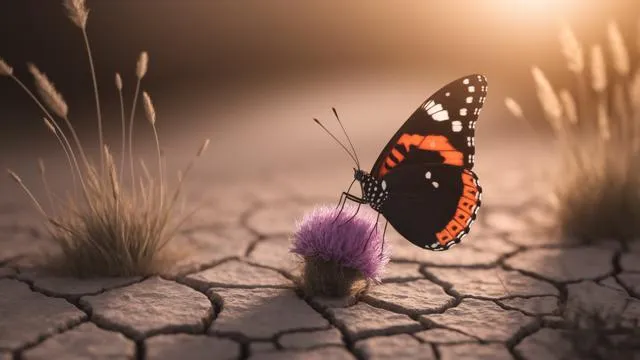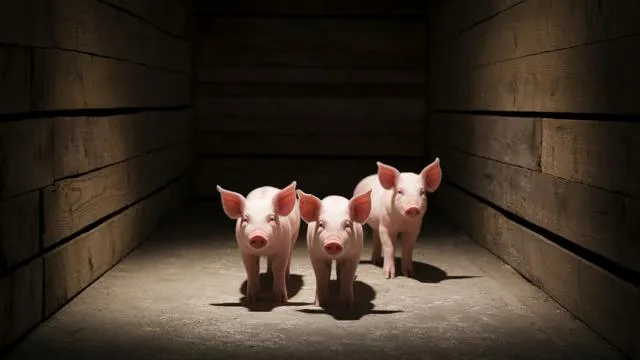In a groundbreaking development that blurs the lines between science fiction and reality, researchers have successfully genetically engineered mice to exhibit thick, woolly hair reminiscent of the extinct woolly mammoth. This innovative project, spearheaded by a team of scientists at a leading biotech firm, aims to explore the possibilities of genetic engineering in mimicking traits of long-gone species.
The project not only showcases the advancements in genetic editing technologies but also opens up discussions on the ethical implications and potential applications of such scientific endeavors. The genetically modified mice, affectionately dubbed 'woolly mice' by the research team, were created by editing multiple genes related to hair growth and texture.
This achievement is a significant step forward in understanding how genetic modifications can influence physical characteristics, potentially paving the way for more ambitious projects in the future. While the primary goal of this research is to gain insights into the genetic makeup of extinct species, it also raises questions about the boundaries of genetic engineering and its impact on biodiversity.
Critics argue that such experiments could lead to unforeseen consequences, while proponents believe they could offer solutions to pressing environmental challenges. As the scientific community continues to debate the merits and risks of de-extinction projects, the creation of these woolly mice marks a fascinating chapter in the ongoing exploration of genetic science and its capabilities.










